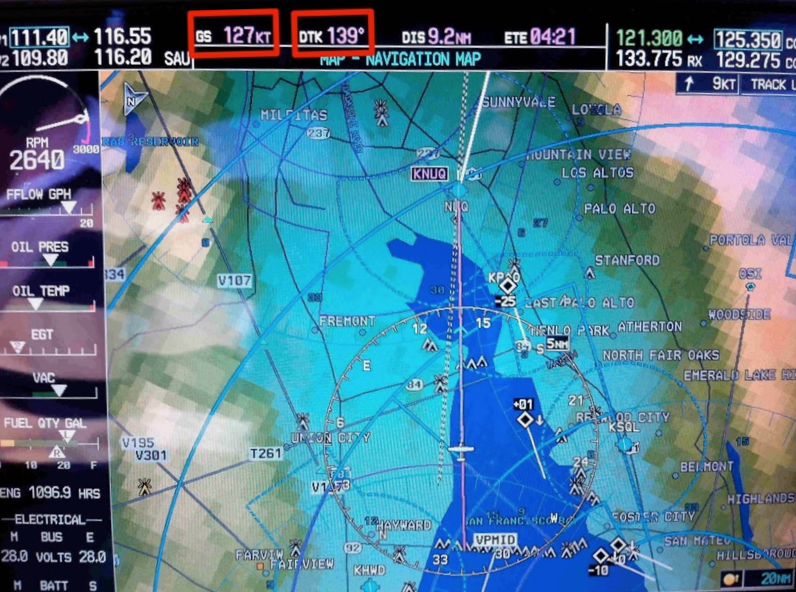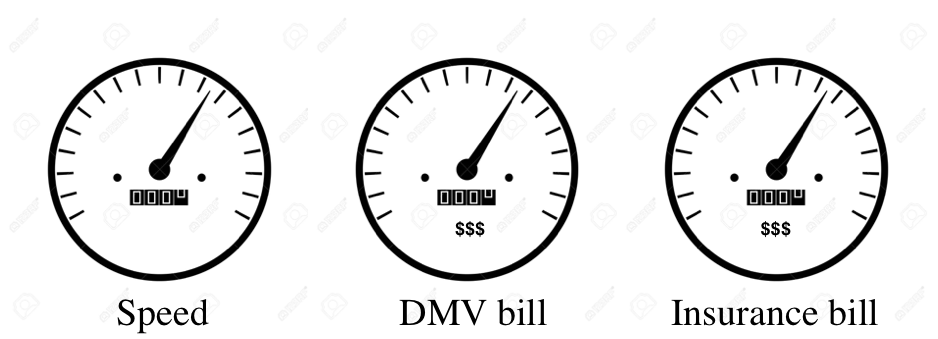The Cop in the Backseat
Much of the early work on automated legal reasoning focussed on legal analysis and argumentation *after* the fact, in court or arbitration. The prospect of practical Computational Law makes it possible for us to consider the application of automated legal reasoning before the fact – embedding law in the environment and making legal analysis available to individuals at the point of action. Or even earlier – while individuals are planning their activities.

Consider the act of driving. Imagine that we have a friendly policeman in the backseat of our car while we are driving around – a cop in the backseat. (Of course, it could equally well be a computer display built into the dash panel of our car.) The cop, real or computerized, would be able to offer regulatory advice as we drive around – telling us speed limits, which roads are one-way, where U-turns are legal and illegal, where and when we can park, whether we can use our cell phones while driving, and so forth.
(Driving may not be an ideal example of this concept. With the advent of autonomous vehicles, we may not be driving cars ourselves in the future. However, it makes for a simple illustration of the value of “runtime” legal analysis.)
Capabilities like this already exist to a limited extent in aviation, where visual displays provide pilots with feedback on restricted areas or areas with special requirements (e.g. those concentric circles in the illustration).
Similar capabilities can be provided by Internet applications, e.g. when we are deciding whether to buy that drug from Canada or ship that alcohol to Virginia. And again there are rudimentary examples of this in operation.
These capabilities can also be provided via mobile devices. Let’s say we are walking through the woods of Massachusetts and we see an attractive flower. We take a photo with our iPhone. Our plant app identifies it as a type of orchid. At the same time, our legal app tells us that, no, we may not pick it because that is illegal in this state (though it is okay if we head across the border into a neighboring state).
So far we have been talking about a cop that is friendly rather than punitive one. (Maybe we should instead consider the possibility of a “Lawyer in the Backseat” or a “Driving Instructor in the Backseat”.)
The alternative is a cop with the power to ding us for violations of the law when we do not take his/her/its advice. In the case of a computerized policeman with an internet connection, we could imagine the policemen immediately reporting the violation to the DMV (Department of Motor to Vehicles).
Insurance companies already make devices that track and report driving performance, allowing conservative drivers ti benefit from lower rates and increasing the premiums for more aggressive drivers.
Taking this one step further, we can imagine cars showing the results of such reporting to their drivers as well other performance factors. The cars could display not just actual speeds, but also speed limits, DMV fine balances, insurance premiums, and so forth.

It would be interesting to see the effects of such reporting on drivers. Would they drive more conservatively when they see their bills mounting every time they exceed the speed limit?
Citation: Genesereth, Michael R.: “The Cop in the Backseat”, Complaw Corner, Codex: The Stanford Center for Legal Informatics, 2021, https://law.stanford.edu/2021/03/24/the-cop-in-the-backseat/.
